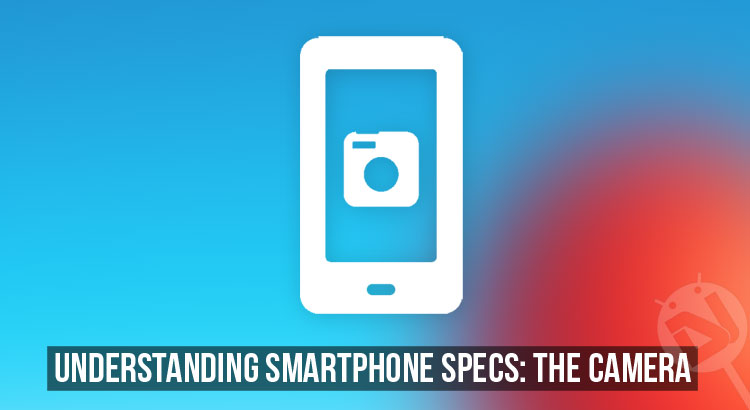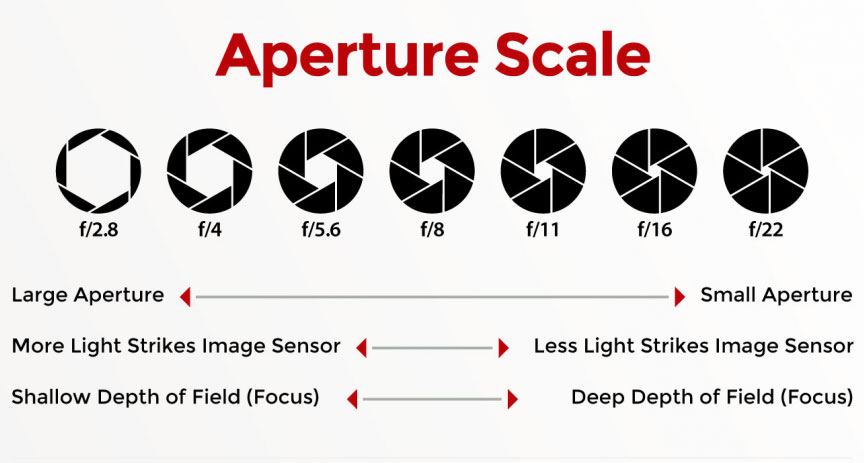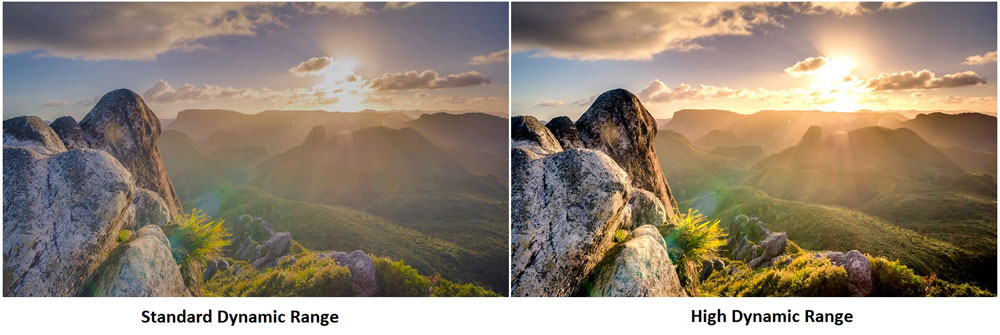
Extending or understanding smartphone specs, we’ll be discussing smartphone camera today. The golden age of smartphone photography is here. Just click, edit, upload, and bask in the glory of numerous likes and comments from your friends. For many of us, a day without a selfie is a day wasted. Manufacturers have encouraged this trend by packing in better cameras in their phones, and aggressively upping the megapixel count both in front and rear cameras. Camera features now occupy the limelight during advertising and are described in greater detail. But which of these details are actually important, and what do they actually tell us? In this post, we will try to understand the jargon used by companies to describe their cameras.
Must Read: Understanding Smartphone Specs Series
→ Understanding Smartphone Specs: The SoC (System on a chip)
→ Understanding Smartphone Specs: Display and Touchscreen
Megapixels (MP)
Literally, one megapixel means a thousand pixels. A pixel, in this context, is the smallest unit of the camera sensor able to detect light. It is, therefore, easy to assume that a camera with a higher number of megapixels will capture better images. However, this is not always true. Manufacturers have two ways to increase the megapixel count on their sensors:
Increasing the size of the sensor:
In this case, higher MP count does mean a better image, as the amount of light getting processed is more. But it is not practical to increase the sensor size beyond a certain limit. Moreover, a larger sensor needs to be coupled with a faster CPU.
Decreasing the size of each pixel:
In this case, higher MP count actually means a poorer image, as each pixel now has less light to work with. As a pixel cannot evenly process all the light falling on it, the images will now be ‘noisy’. Unfortunately, this is exactly what many manufacturers do, just for advertising purposes. It is, therefore, more practical to find out the actual size of the sensor.
Lens
Regardless of what phone manufacturers would have you believe, the lens is the most important factor determining picture quality. Most smartphones use wide angle lenses of fixed focal length, in the range of 24-30mm. Shorter focal lengths give more depth of field i.e. the area of the field in focus. Long focal length implies a shallower depth of field, which means the background will appear more blurred. Other factors determining lens quality are:
- Manufacturing process
- Lens coatings
- Chromatic aberrations
- Quality of bokeh (out of focus elements)
Good lenses do not come cheap. Therefore, many smartphones out there have poor lens quality, and cranking up the pixel count really doesn’t help in these cases. It is advisable to do a little research on the lens before buying, rather than just being happy with a 20MP camera.
Aperture
Aperture is the opening in the lens diaphragm, through which light enters the camera. Manufacturers usually provide something called the f-number (also known as the focal ratio, f-ratio, f-stop or relative aperture), which is the ratio between the lens’s focal length and the aperture diameter. A larger f-number means a smaller aperture. Unlike DSLRs, smartphone cameras come with fixed f-numbers, which usually varies around f/2.0.
Aperture also determines the ‘depth of field’ of the camera. A larger aperture gives a shallow depth of field, which means everything in the background appears blurred. A smaller aperture, however, produces a sharper image throughout the field, and the object in focus will not ‘pop out’.
A larger aperture also means that more light can reach the lens, thus better suiting it for low light photography.
Image Stabilization
This feature is added to avoid blurs while taking photos with unsteady hands. In outdoor conditions with adequate lighting, blurring isn’t much of a problem due to fast shutter speeds. It is in indoor and low light conditions that this feature becomes useful.
There are two types of image stabilization:
Optical Image Stabilization (OIS)
This uses an array of sensors and motors and micro-controllers, which counteract the motion of the phone by moving the camera unit in opposite direction.
Electronic Image Stabilization (EIS)
This uses algorithms to compensate for the blurring, without any additional hardware. It uses extra pixels at the periphery of the active region to compensate for movement.
Typically, OIS yield better results, and is, therefore, more expensive than EIS.
Focus
Unlike SLR and DSLR cameras, smartphone cameras rely on auto-focus. Most smartphone models accomplish this by contrast detection methods. However, newer models are now fitted with laser auto-focus, which offers faster focusing and keeping a moving object in focus while recording.
Video Recording
The quality of video recorded depends on two factors:
- Resolution: depending on the sensor size and number of pixels. For example, 4K recording requires at least 8MP sensor.
- Frame rate: The usual recording rate is about 30fps (frames per second). However, some high-end smartphones offer recording speeds of up to 120fps. Although this doesn’t make much difference in normal recordings, high recording speeds are useful in recording slow motion videos.
Video recording depends on the SoC as much as it depends on the camera module itself. After all, the video encoding block needs to process enormous amounts of data continuously. The latest Qualcomm Snapdragon 835 processor will support 4K video recording at 60fps.
Flash
Most of the today’s phones have LED flashes. Being less powerful than traditional xenon flashes, their maximum range does not extend over a couple of meters. However, they are energy efficient, and most suitable for smartphones. Many companies now offer dual-LED (dual tone) flash. This increases the range over single LED flashes, albeit at the cost of increased power drain. Dual tone flashes use LEDs of different colors. With this, the smartphone tries to mimic surrounding lighting conditions by adjusting the power sent to each LED.
Other features:
Some other camera functionalities offered by manufacturers are described below:
HDR (High Dynamic Ratio) Mode
This feature is useful in cases where your photos look too dark, or entirely washed out. It basically captures three images with different exposure levels and combines them to produce a combined image with evenly lit foreground and background. Some high-end devices (Nexus 5X & 6P for example), offer an HDR+ mode, which also takes several photos over a time-frame of 0.3 to 1s. It overcomes the disadvantages of HDR mode (artifacts, misalignment, ghosting etc.) and provides even better quality images. HDR and HDR+ mode shouldn’t be used for photographing moving objects.
Face detection, smile detection etc.
Applied to the front camera, for the selfie lover in us!
Geo-Tagging
Uses GPS to include the geographical location in image metadata. Google Photos uses this data to generate those neat albums.





Join The Discussion: